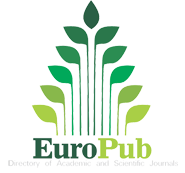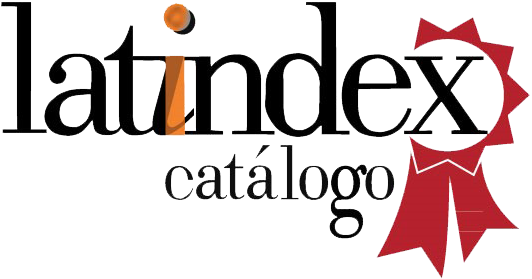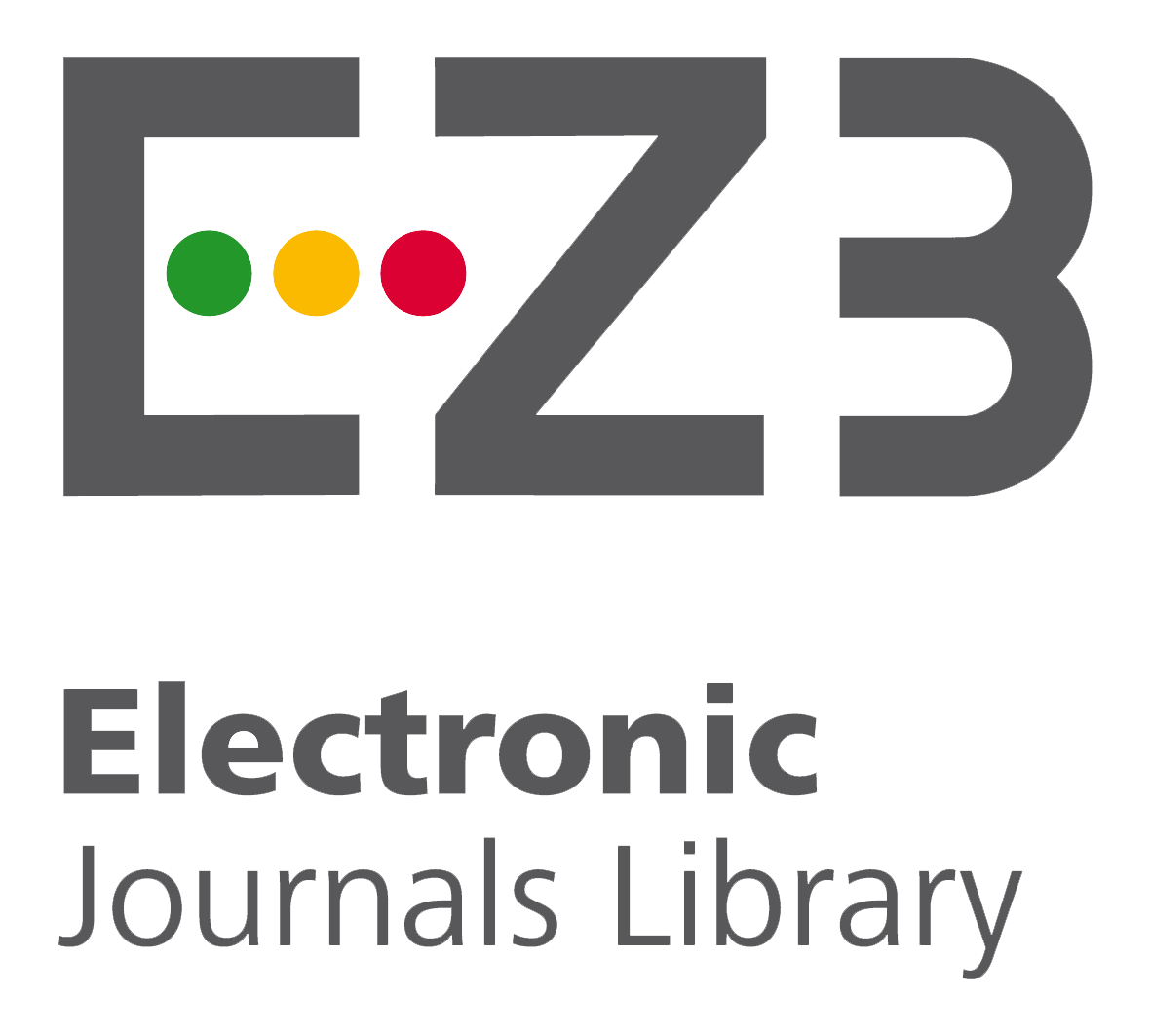The Sábila and the Sars Cov-2. Prevention, treatment or cure. (Review)
Keywords:
sábila; treatment; covid-19; virusAbstract
This investigation has as objective to carry out a bibliographical revision through electronic platforms, with the objective to find data on the Sábila plant, for a possible prevention, treatment or cure of the Covid-19, disease caused by the virus Sars Cov-2. ¶In this work it is used as method the bibliographical search of scientific studies concerning the biological and chemical activity of the Sábila, plant that works like a powerful antiviral and anti-diabetic. ¶The carried out search throws that Sábila reduces the cholesterol levels, improves the circulation, aid to improve the levels of triglycerides and it reduces the glucose of the organism, it is a good antihistamine one and acts like dilator of bronchi, it is ideal to treat respiratory problems, reduces the asthma and the fat in the blood, fortifies the immune system (it turns to the most resistant organism before the virus or diseases).¶The Sábila is a plant that possesses characteristics and properties to treat diverse affections, reason why it should be considered in the prevention or treatment of the Covid-19.
Downloads
References
Castro, J, C. & otros. (2014). Uso medicinal de plantas antidiabéticas en el legado etnobotánico oaxaqueño. Rev Cubana Plant Med vol.19 n.1 versión On-line ISSN 1028-4796
Castellanos, P, E. & otros.(2001). Efecto antiviral del extracto acuoso del Aloe Barbadensis contra el virus de la Hepatitis B. Rev Cubana Plant Med v.2001 n.1 versión On-line ISSN 1028-4796
Chisari FU. (1996) Hepatitis B virus transgenic mice: models of viral immunobiology and pathogenesis. Curr Top Microbiol Immunol 206:149-73.
Choi, S. y Chung, M. (2003). A review on the relationship between Aloe vera components and their biologic effects. Seminars in Integrative Medicine 1, 53-62.
Domínguez-Fernández, R, N. & otros. (2012). El gel de Aloe Vera: estructura, composición química, procesamiento, actividad biológica e importancia en la industria farmacéutica y alimentaria. Rev. Mex. Ing. Quím vol.11 no.1 ISSN 1665-2738.
https://es.m.wikipedia.org/wiki/COVID-19
Izquierdo M. (1994) Validación de un ELISA para la cuantificación del Ag de superficie del virus de la hepatitis B. Biotecnología Habana ´94; vol 2:42
Ramachandra, C. y Srinivasa P. (2008). Processing of Aloe vera leaf gel: A review. American Journal of Agricultural and Biological Sciences 3, 502-510.
Rodríguez, R, M. & otros (2004). Acción antiasmática del Aloe Vera en pacientes. Rev Cubana Plant Med vol.9 n.1 versión On-line ISSN 1028-4796
Reynolds, T. y Dweck A. C. (1999). Aloe vera leaf gel: a review update. Journal Ethnopharmacology 68, 3-37.
Reynolds, T. (2004). Aloes: The Genus Aloe. Medicinal and aromatic plants-industrial profiles Editorial CPR Press LLC, Boca Raton, Florida .
Surjushe, A. & otros. (2008). Aloe Vera: Ashort review. Indian J Dermatol.2008; 53(4):163-166. doi:0.4103/0019-5154.44785. PMCID: PMC2763764. PMID:19882025
Pothuraju, R. & otros. (2016). Comparative evaluation of anti-obesity effect of Aloe Vera and Gymnema sylvestre supplementation in high-fat diet fed C57BL/6J mice. J Intercult Ethnopharmacol.2016 sep-dec; 5(4): 403-407 doi: 10.5455/jice.20160623122710 PMCID: PMC5061484. PMID:27757271
Zhang, Y. & otros. (2016). Efficacy of Aloe Vera supplementation on prediabetes and early non-treated diabetic patients: A systematic review and meta-analysis of randomized controlled trials. Nutrients. 2016 Jul; 8(7):388. Published online 2016 Jun 23. Doi: 3390/nu8070388. PMCID: PMC4963864. PMID: 27347994









































